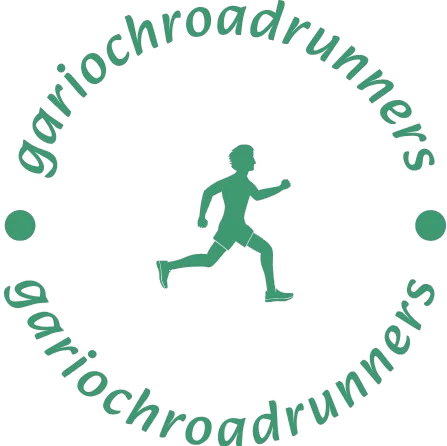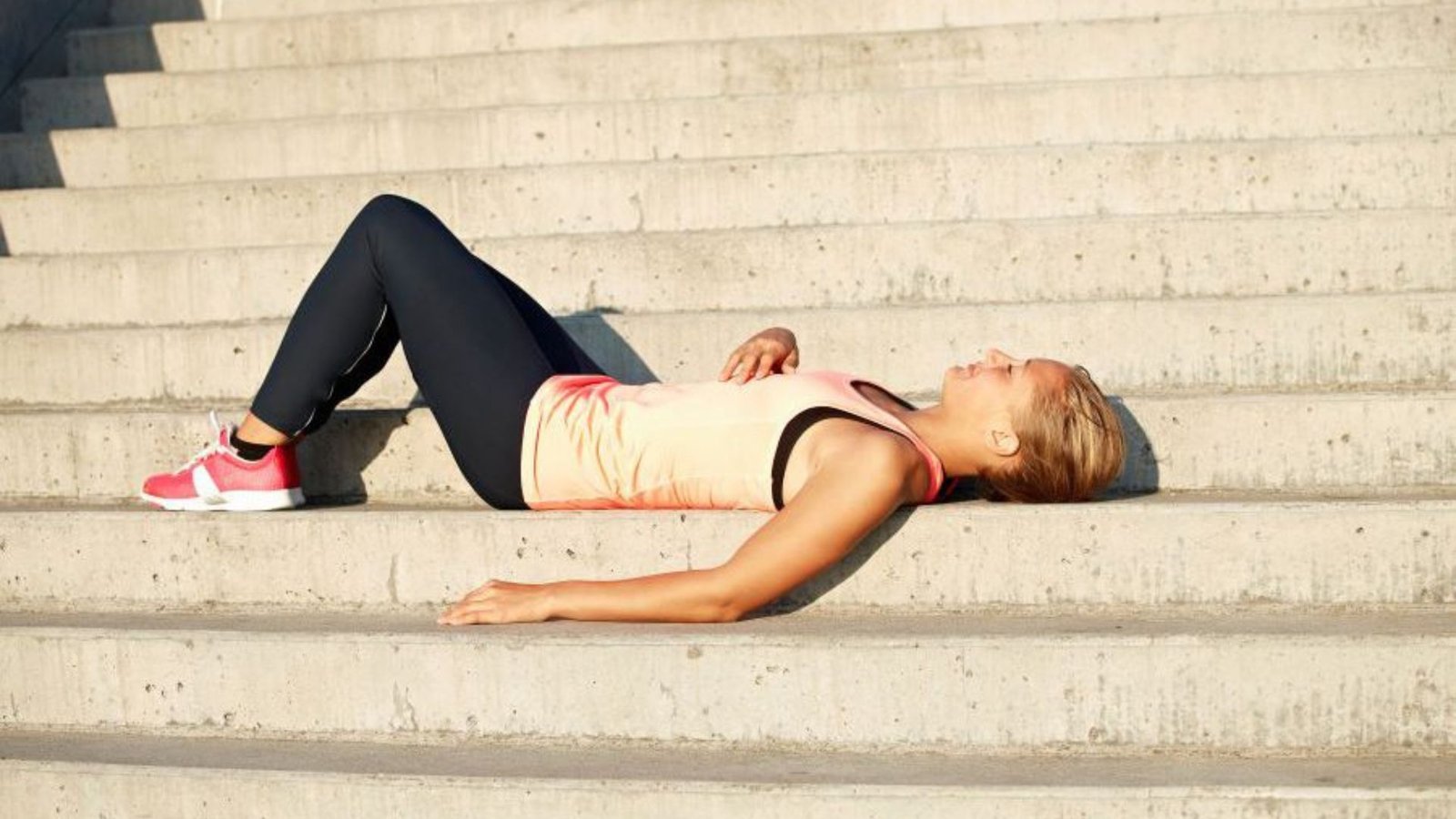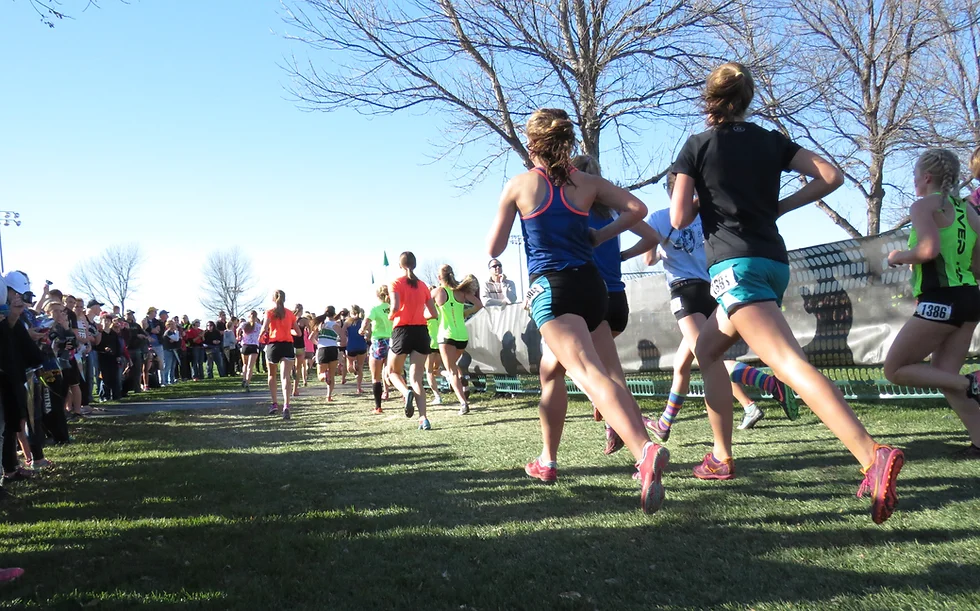Running a marathon is a huge accomplishment, but the work doesn’t end when you cross the finish line. Recovery is just as important as training, as it helps your body heal, reduces soreness, and prepares you for future races. Knowing how to recover after a marathon race is key to minimizing injury and bouncing back faster. In this guide, we’ll discuss the best recovery tips to help you feel better and get back to running with confidence.

1. Keep Moving: Active Recovery
Right after finishing your marathon, it may feel tempting to sit down and rest, but it’s better to keep moving, even if just a little. This helps your muscles cool down gradually, promoting circulation and reducing stiffness. Walking or lightly jogging for a few minutes can prevent blood from pooling in your legs and keep you from feeling too sore.
Why Active Recovery Helps
Gentle movement helps reduce the buildup of lactic acid in your muscles, which is responsible for some of that “burning” feeling during intense exercise. Active recovery also aids in flexibility and prevents your muscles from tightening up.
2. Hydrate and Refuel
After running a marathon, your body loses a lot of fluids, electrolytes, and nutrients. Hydrating is crucial to start the recovery process. Drink water, but also consider sports drinks or electrolyte supplements to restore lost salts and minerals. Replenishing your body with the right nutrients will help you recover faster.
What to Eat
Aim to eat a meal with both carbohydrates and protein within 30-60 minutes after finishing your marathon. Carbs help restore glycogen stores, while protein supports muscle repair. Foods like a banana with peanut butter, a smoothie, or a chicken sandwich are excellent options for recovery.
3. Stretch and Foam Roll
Once you’ve walked around a bit and rehydrated, it’s time to stretch your muscles. Gently stretch your hamstrings, quads, calves, and hips to maintain flexibility and reduce tightness. Be sure not to push yourself too hard, as your muscles are already fatigued.
Using a foam roller can also be beneficial. Foam rolling helps release muscle tension and aids in the recovery of tight muscles by increasing blood flow. Focus on areas that feel particularly sore or stiff, like your calves, quads, and IT bands.
Why Stretching and Foam Rolling Help
Stretching and foam rolling help reduce muscle stiffness, prevent injuries, and improve overall flexibility. They promote blood flow to your muscles, which accelerates the healing process.
4. Take a Cold Bath or Ice Bath
Many runners swear by cold baths or ice baths after a marathon to reduce inflammation and muscle soreness. After you’ve completed your race and cooled down, soaking in cold water for about 10-15 minutes can help reduce swelling and speed up the recovery process.
How Cold Baths Aid Recovery
Cold water constricts blood vessels, which reduces inflammation and flushes out metabolic waste from your muscles. Once you warm up, your blood vessels dilate, improving circulation and bringing fresh blood to your muscles to aid in healing.
5. Rest and Sleep
Sleep is one of the most important parts of recovery. Your body repairs muscles and restores energy while you sleep, so make sure you’re getting plenty of rest in the days following the race. Aim for at least 7-9 hours of sleep a night to allow your body to fully recover.
Why Rest is Vital
During deep sleep, your body releases growth hormone, which plays a key role in muscle repair and recovery. Getting adequate rest helps prevent overtraining and prepares you for your next race or training session.
6. Listen to Your Body: Avoid Overdoing It
While it’s tempting to jump back into training right away, it’s important to listen to your body during recovery. If you’re feeling particularly sore, take an extra rest day or two. Overdoing it too soon can lead to injury or burnout.
When to Resume Training
After a marathon, it’s usually recommended to take at least 1-2 weeks of active rest before returning to running. Use this time for low-impact activities like walking, cycling, or swimming to stay active without putting too much strain on your body.
7. Treat Any Injuries
If you experience any pain or injuries during the marathon, be sure to address them as soon as possible. This could include icing specific areas, using compression wraps, or seeking medical attention for more serious issues. Don’t ignore injuries, as they can turn into long-term problems if left untreated.
Why Early Treatment Matters
Early treatment of injuries helps reduce swelling, accelerates healing, and prevents further damage. Taking care of injuries right away ensures that you’re able to get back to running without lasting issues.
8. Gentle Massage or Foam Rolling
Getting a post-race massage can be incredibly helpful for reducing muscle tightness and improving circulation. A gentle massage or foam rolling session can help ease tight muscles, reduce swelling, and speed up recovery. Make sure the massage therapist understands marathon recovery, as a too-aggressive massage could cause additional soreness.
Why Massage Helps
Massage helps with muscle relaxation and can prevent muscle knots from forming. It improves blood flow, which aids in the removal of metabolic waste products and helps with the healing process.
9. Wear Compression Gear
Compression socks or sleeves are popular among runners post-marathon because they help improve circulation and reduce swelling. Wearing compression gear after the race can assist in reducing muscle soreness and speeding up recovery.
How Compression Helps
Compression helps increase blood flow to your muscles, which speeds up the removal of lactic acid and other waste products. It also reduces swelling and supports recovery by preventing fluid buildup in your legs.
Conclusion: Take Care of Your Body After the Marathon
The key to recovering after a marathon is to give your body the rest, hydration, nutrition, and gentle movement it needs to heal. By following these tips, you’ll reduce soreness, prevent injuries, and recover faster. Remember, recovery is just as important as training, and how you treat your body after a marathon can make all the difference in your long-term health and performance.











